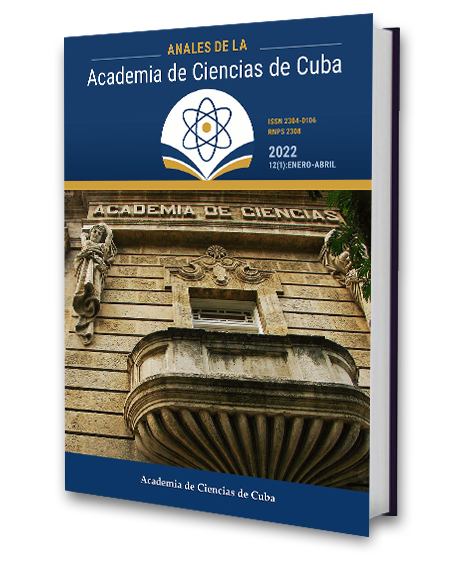Systemic effects of the intralesional treatment with epidermal growth factor (Heberprot-P) in patients with diabetic foot ulcers
Keywords:
diabetes, diabetic foot ulcer, epidermal growth factor, oxidative stress, inflammationAbstract
Introduction. Intralesional infiltration of epidermal growth factor (EGF) has emerged as a therapeutic alternative for diabetic foot ulcer (DFU) healing. The objectives of this research were: to determine the molecular profile of patients with DFU and to characterize the systemic effects of EGF intralesional treatment in such patients, taking into account redox balance markers, components of the advanced glycation end-product (AGE) pathway, factors related to the extracellular matrix (ECM) stability and pro-inflammatory markers. Methods. Thirteen patients with DFU were characterized in comparison with diabetic patients without ulcers (compensated and non-compensated) and non-diabetic subjects, attending to redox balance markers, components of the AGE pathway, and elements related to the stability of the ECM. The systemic response of patients with DFU to the intralesional treatment with EGF was evaluated according to the same parameters, in addition to other pro-inflammatory markers. Results. Patients with DFU exhibited the most disheveled biochemical profile, with elevated oxidative stress, low antioxidant reserves, increased glycoxidation products and matrix metalloproteases (MMP), with respect to non-ulcerated diabetic patients and to non-diabetic subjects. The intralesional administration of EGF was associated with a significant recovery of the parameters studied and with the systemic attenuation of several pro-inflammatory markers. Conclusions: These results indicate that intralesional infiltration of EGF translates into systemic antioxidant, anti-inflammatory, anti-degradative and anti-AGE effects, which contribute to restoring homeostasis in the diabetic patient.Downloads
Downloads
Published
How to Cite
Issue
Section
License
The journal Anales de la Academia de Ciencias de Cuba protects copyright, and operates with a Creative Commons License 4.0 (Creative Commons Attribution-NonCommercial License 4.0). By publishing in it, authors allow themselves to copy, reproduce, distribute, publicly communicate their work and generate derivative works, as long as the original author is cited and acknowledged. They do not allow, however, the use of the original work for commercial or lucrative purposes.
The authors authorize the publication of their writings, retaining the authorship rights, and assigning and transferring to the magazine all the rights protected by the intellectual property laws that govern in Cuba, which imply editing to disseminate the work.
Authors may establish additional agreements for the non-exclusive distribution of the version of the work published in the journal (for example, placing it in an institutional repository or publishing it in a book), with recognition of having been first published in this journal.
To learn more, see https://creativecommons.org






